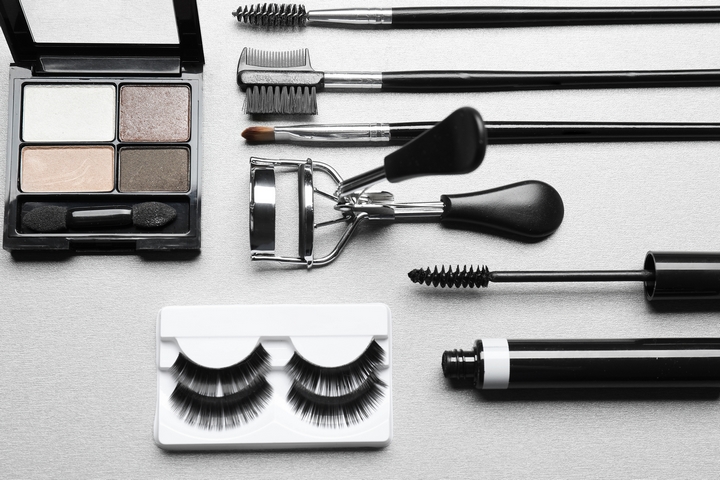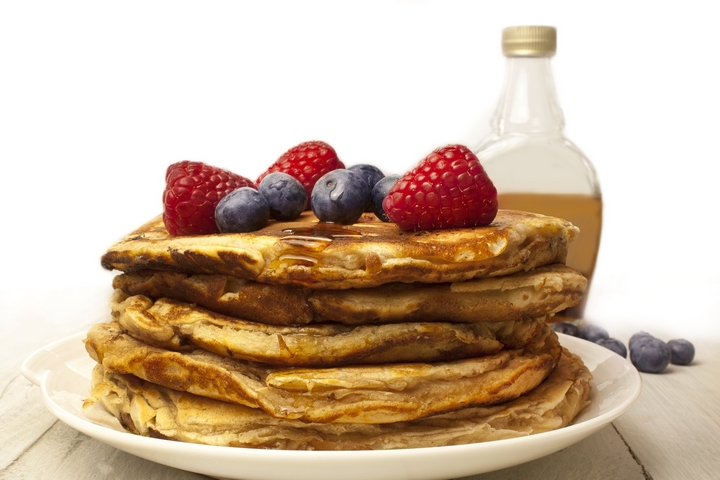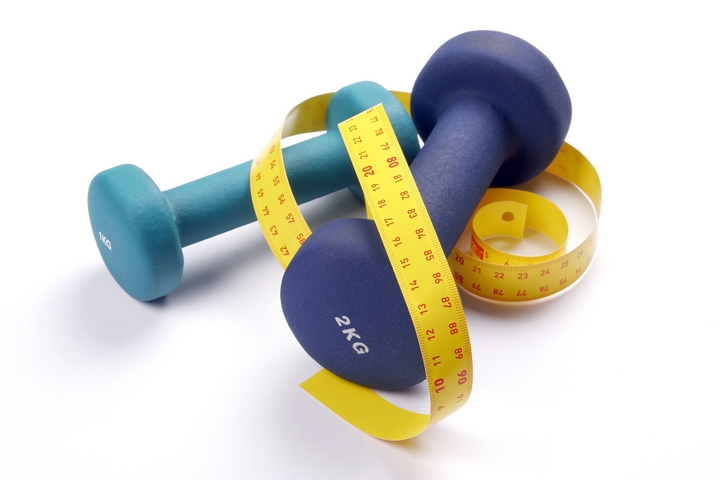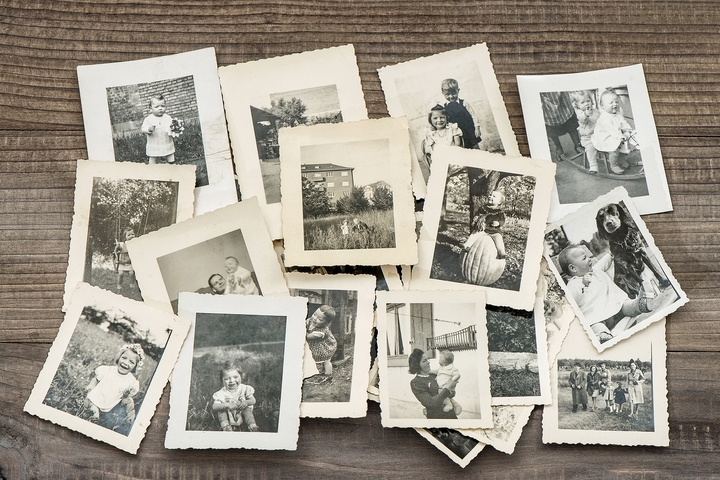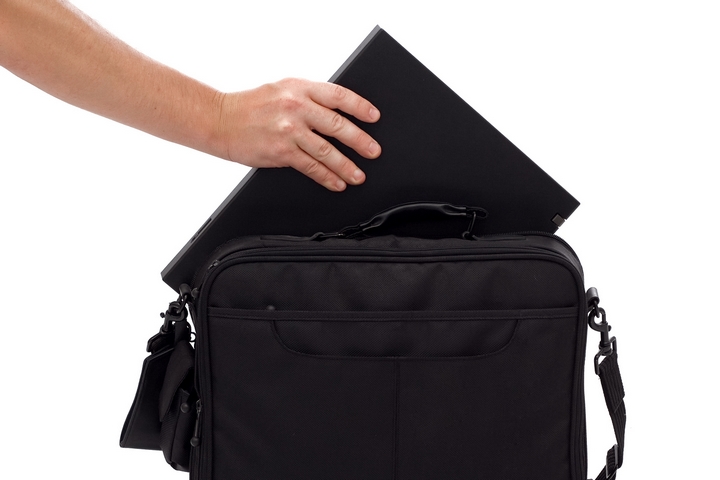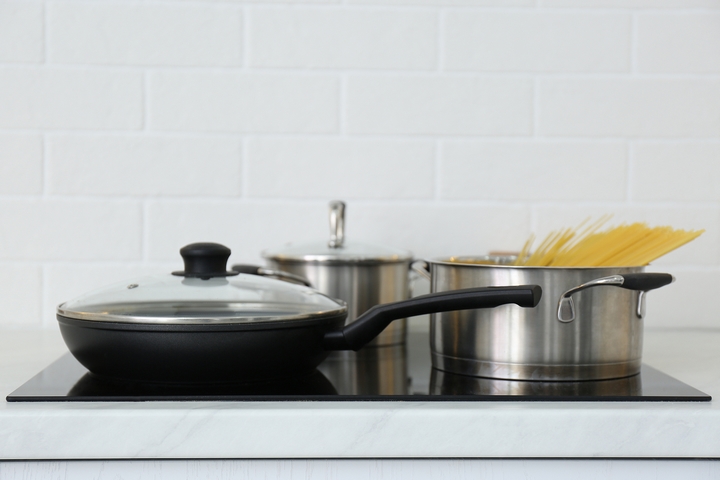
Starting a restaurant is an overwhelming yet exciting task. Before opening your doors for business, there are many things to take care of. Anyone who owns a restaurant, or has owned a restaurant before, knows the importance of having the right kitchen equipment, tools and ingredients. In this case, pots and pans are the main focus. There is a wide variety of styles and types to choose from, making such a purchase decision tricky.
Using the ideal cookware for your kitchen is vital for the day-to-day operations of your restaurant. Check out these six different types of pots and pans for restaurants:
Type #1: Stock pots
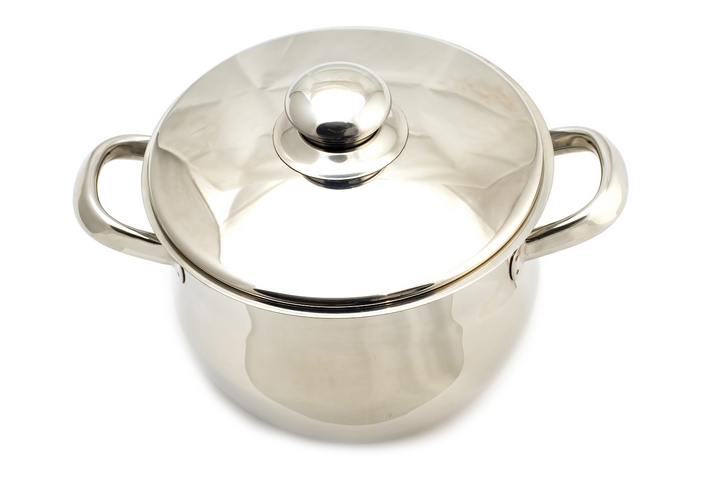
Stock pots are a must-have in any kitchen. They are available in different sizes, from 8 to 36 quartz, and are mostly characterized by tall sides and a wide top. Large sizes are best for commercial purposes. Most of them are made of steel or aluminum, which is heavy and thick, and a good heat conductor. This allows food to cook evenly without getting burnt.
Stock pots have various components; some come with a multi-pot that features an outer pot, which holds a smaller inner pot. Others have an outer pot where the inner pot could be a steamer basket. Yet, others feature both the inner pot and the steamer basket.
Another variation is its width. A wider pot makes stirring, cleaning, and storing easier. Stock pots can be used for different recipes and foods that require boiling or steaming, such as soups, vegetables, stocks, corn, stew, pasta and seafood.
Type #2: Saucier pans
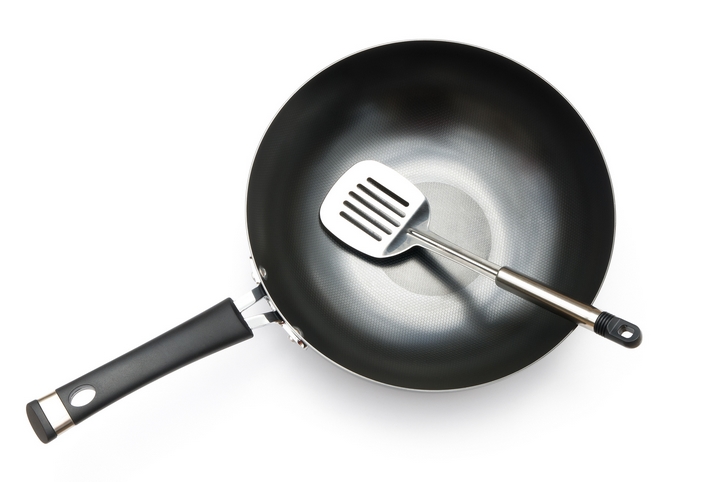
Saucier pans are also known as reduction pans or a chef’s pan. These types of pans can be likened to the skillet because they serve almost a similar purpose and share appearances. A saucier pan has broadly curved or straight-edged sides, which rise at an angle. This design makes the top of the pan wider than its base.
Common saucier pans have a diameter range of 7 to 13 inches, which means they are wider than regular saucepans. A saucier pan is ideal for foods requiring repetitive actions such as simmering, whisking, stirring, sautéing, keeping liquids and poaching to a minimum. The saucier pan has a thick bottom that allows even heat retention and distribution.
Type #3: Skillet pans
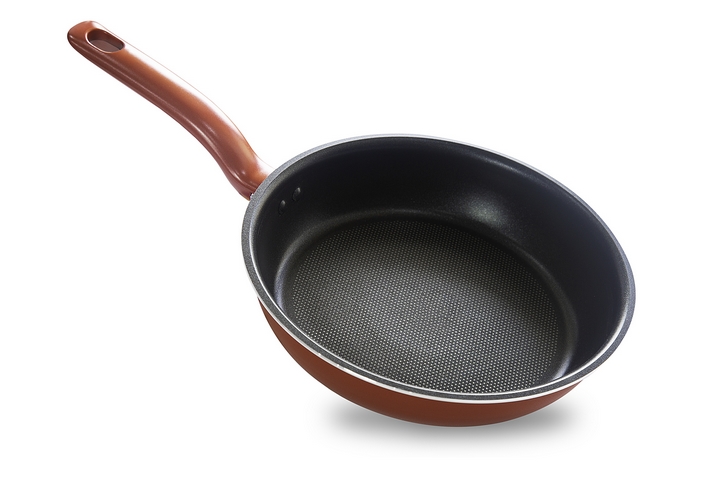
A skillet pan is flat-bottomed with shallow-flared slightly curved sides. These types of pans are made of aluminum, cast-iron, and copper, which have a non-stick coating. Its non-stick coating makes it ideal for different types of foods and easy to clean. Skillets conduct and retain heat evenly. As a result, they are commonly used for baking, searing, frying, and roasting.
Cast-iron skillets might be too heavy for tasks like sautéing but are perfect for cooking chicken, browning foods for a crispy textured crust, making fonds, baking desserts, or grilling sandwiches such as paninis. Skillets are available in various sizes, but the most commonly used are 12 inches in diameter.
Type #4: Dutch ovens
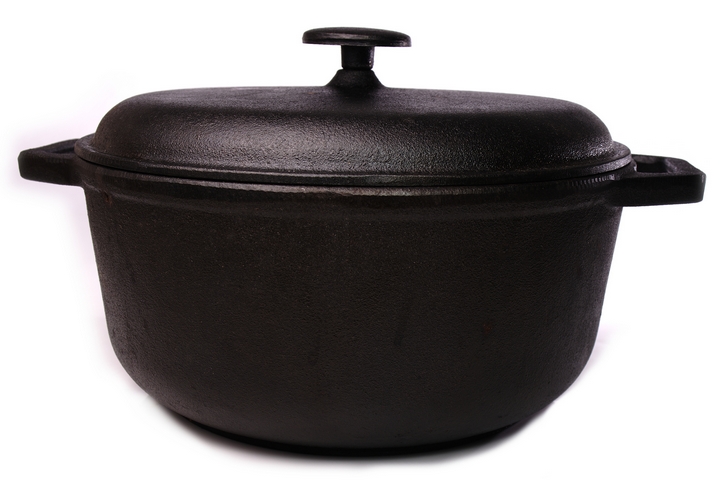
A Dutch oven is quite similar to the stock pot; the only difference is that it is thicker, shorter and wider. Dutch ovens are commonly made of cast iron, so they need to be seasoned before use. Cast iron is a poor conductor of heat.
Once it heats, it retains the heat for a long time and continues cooking with minimal heat from the source or without the heat source. This food equipment is ideally used for braising meat and cooking thick meals such as risotto, lasagna, and stock. It slow-cooks thick meals for longer to retain their flavours.
Dutch ovens can withstand high temperatures, making them ideal for deep frying. The heavy material makes them indestructible. However, if a Dutch oven is not properly cleaned and dried, it might rust and become impossible to work with. Go for pots that have an enamel coating and are easier to clean.
Type #5: Grill pans
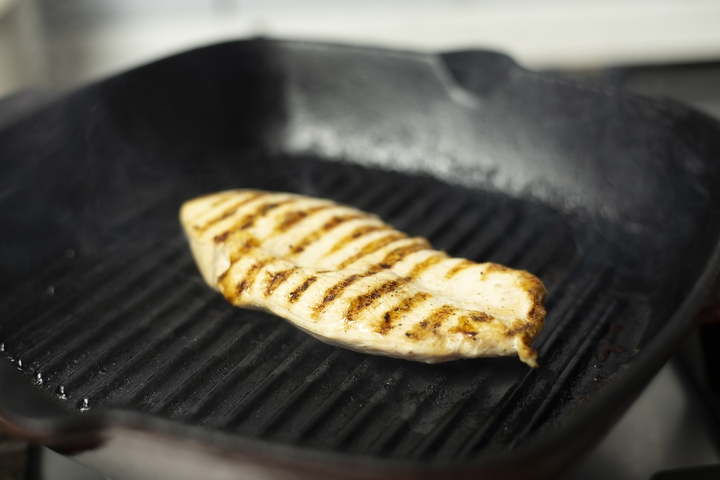
A grill pan is usually wide, shallow, and flat. Its bottom is usually rigged. Some pans have no sides. A grill pan can substitute an outdoor grill to grill fish, chicken, burgers, and vegetables while creating a charred effect and flavour. Compared to the outdoor grill, the grill pan is twice as efficient. You don’t have to go outside, light up the grill and wait for it to fire up, and then scrub it after use.
All you need to do with a grill pan is put it on the stove and start grilling your food. Also, with the grill pan, you use less cooking oil. It is also great for waffles, sandwiches, grilled cheeses, and pancakes.
Type #6: Woks
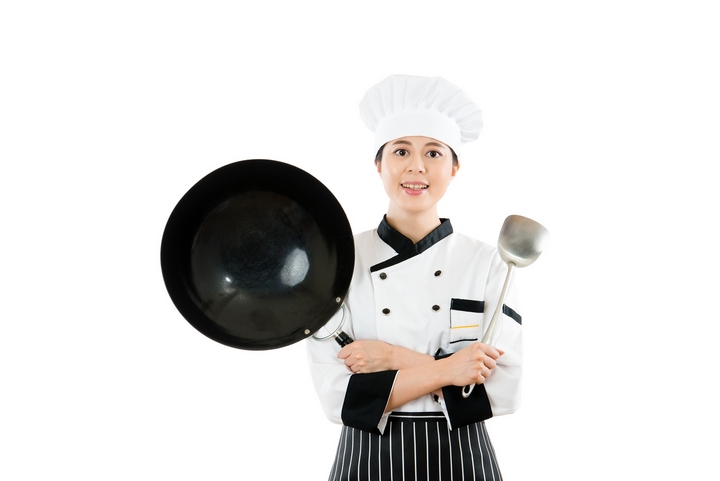
Woks originated in China, but they are widely recognized and used worldwide. They are available in different materials and forms. They feature large round bottoms with high, sloping sides. They either have two side handles or a long one. Most commonly feature cast-iron or steel. Due to their size, woks can carry lots of food at once. Their structure makes stirring easy. You can use them for roast foods, stir-frying, and dumplings. It can also be used for pan fry, boil, or steam recipes.
There are different types of cookware designed for sautéing vegetables, perfectly roasting the main entrée or creating a great soup. Understanding what each is best suited for helps you make a wise purchase decision.





